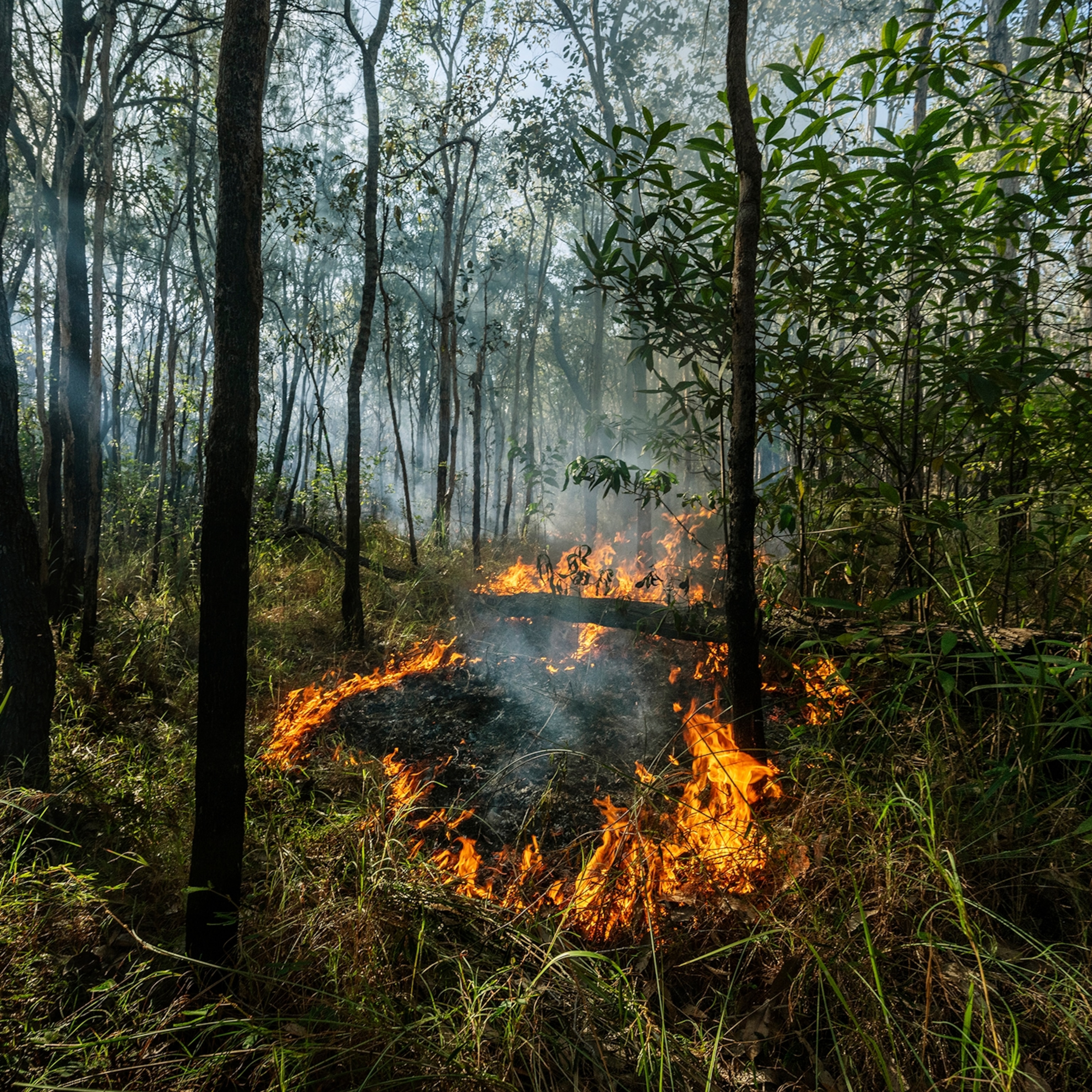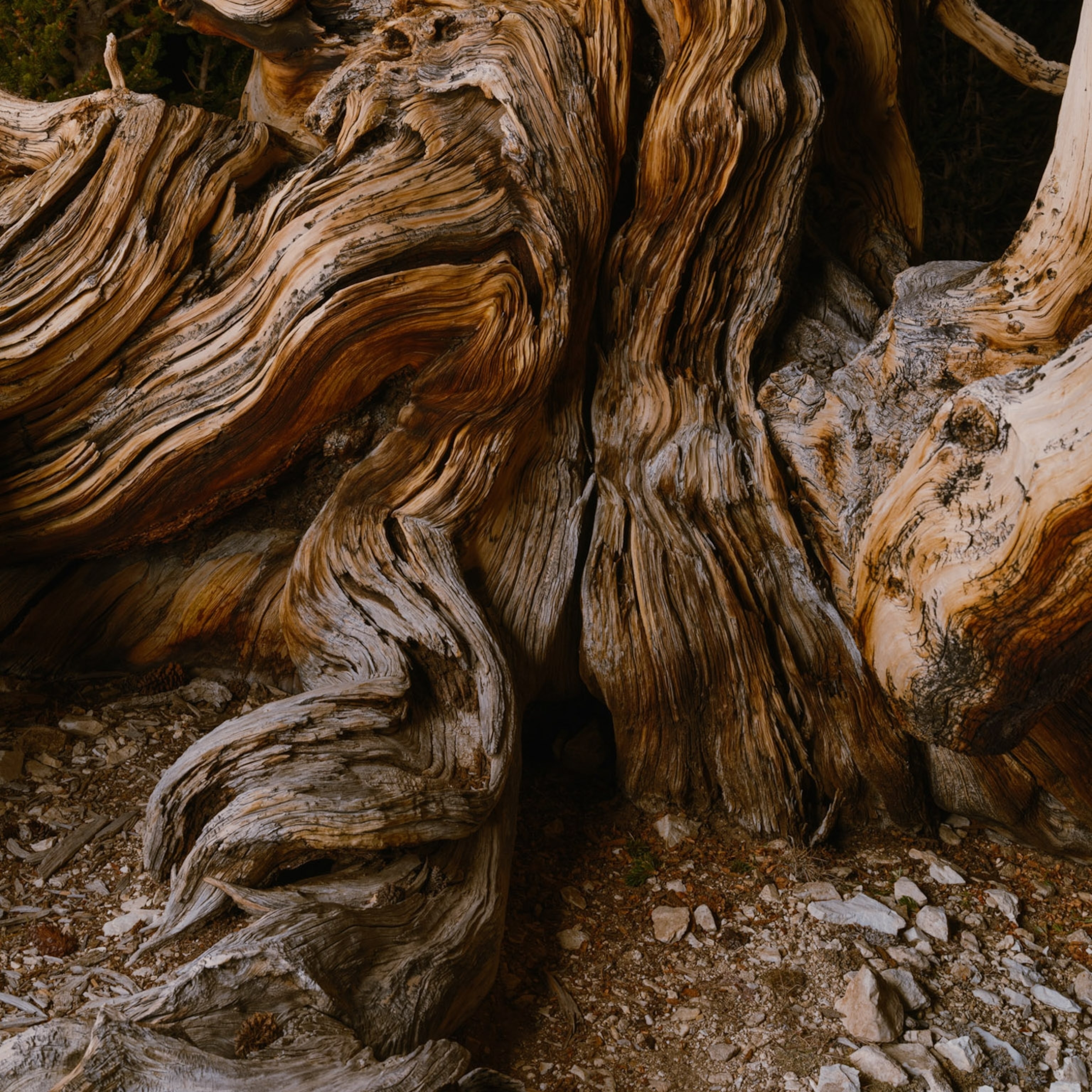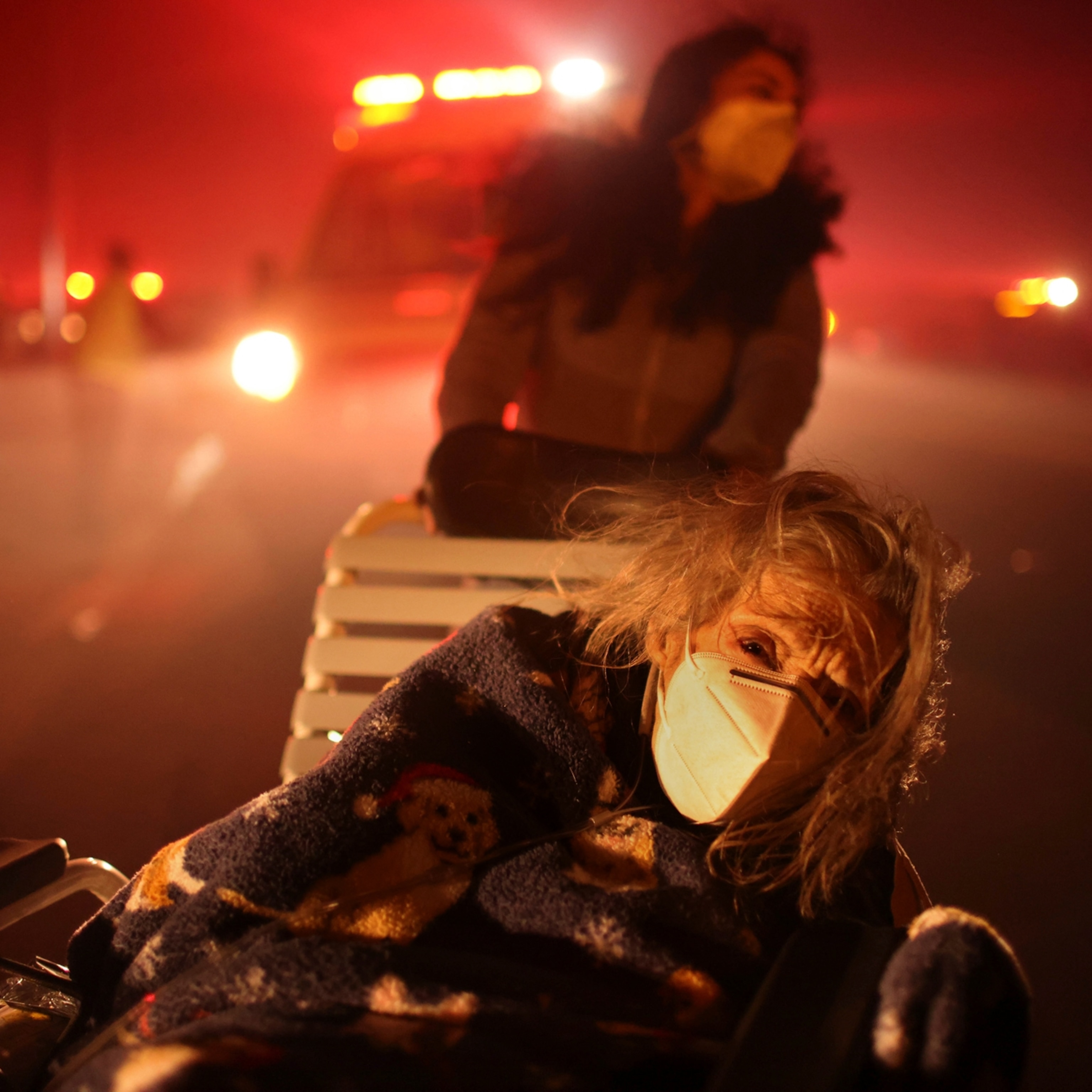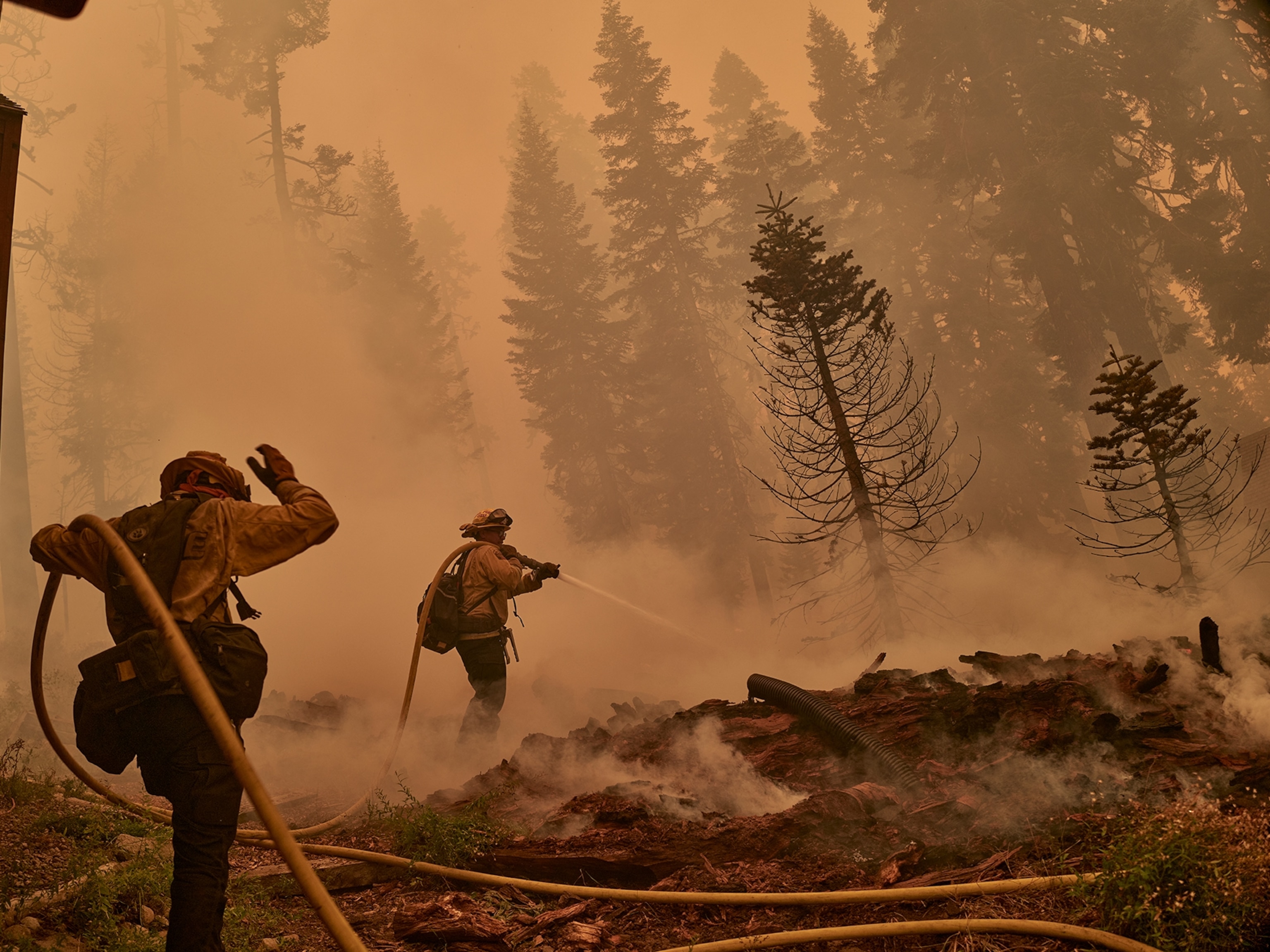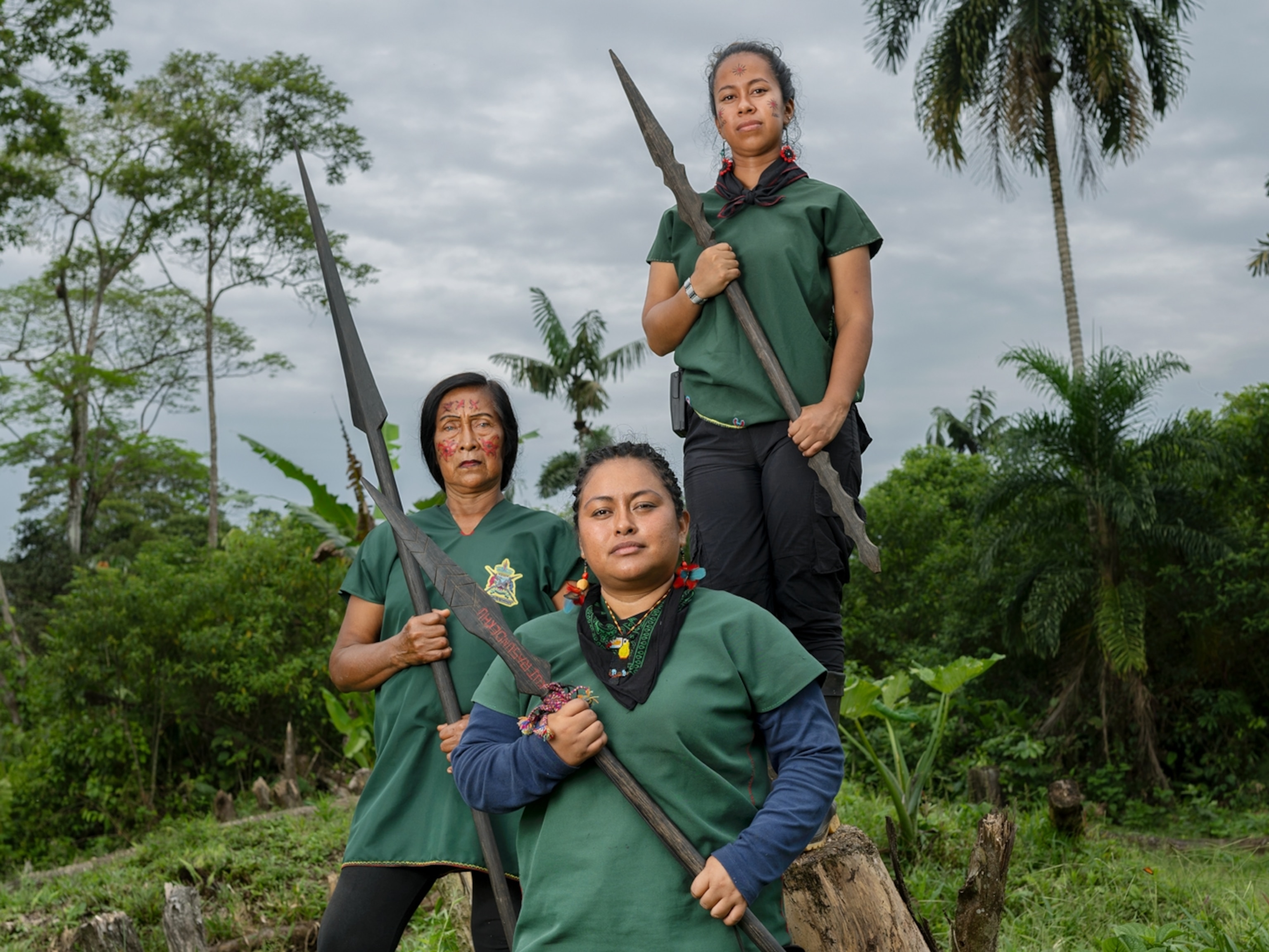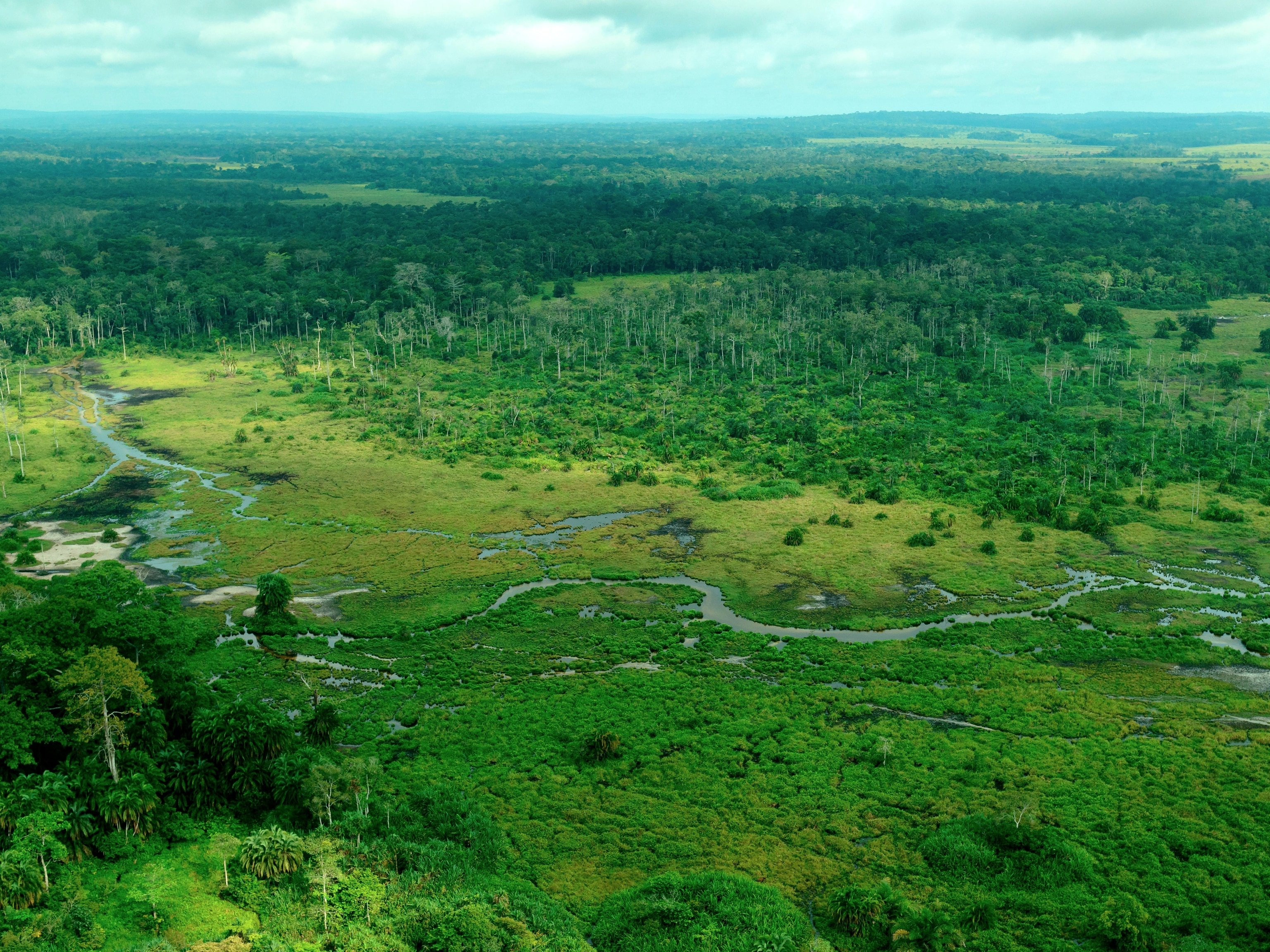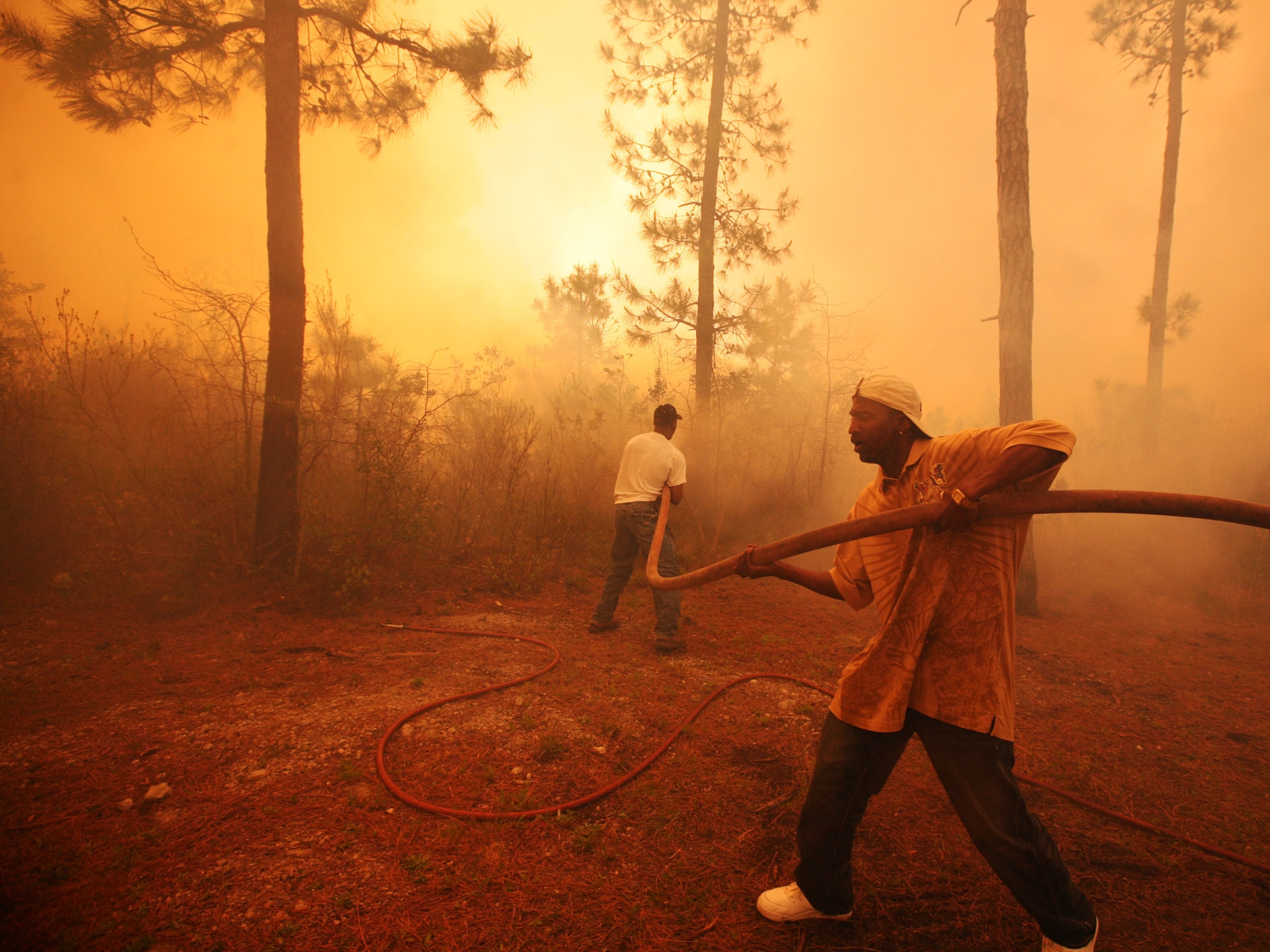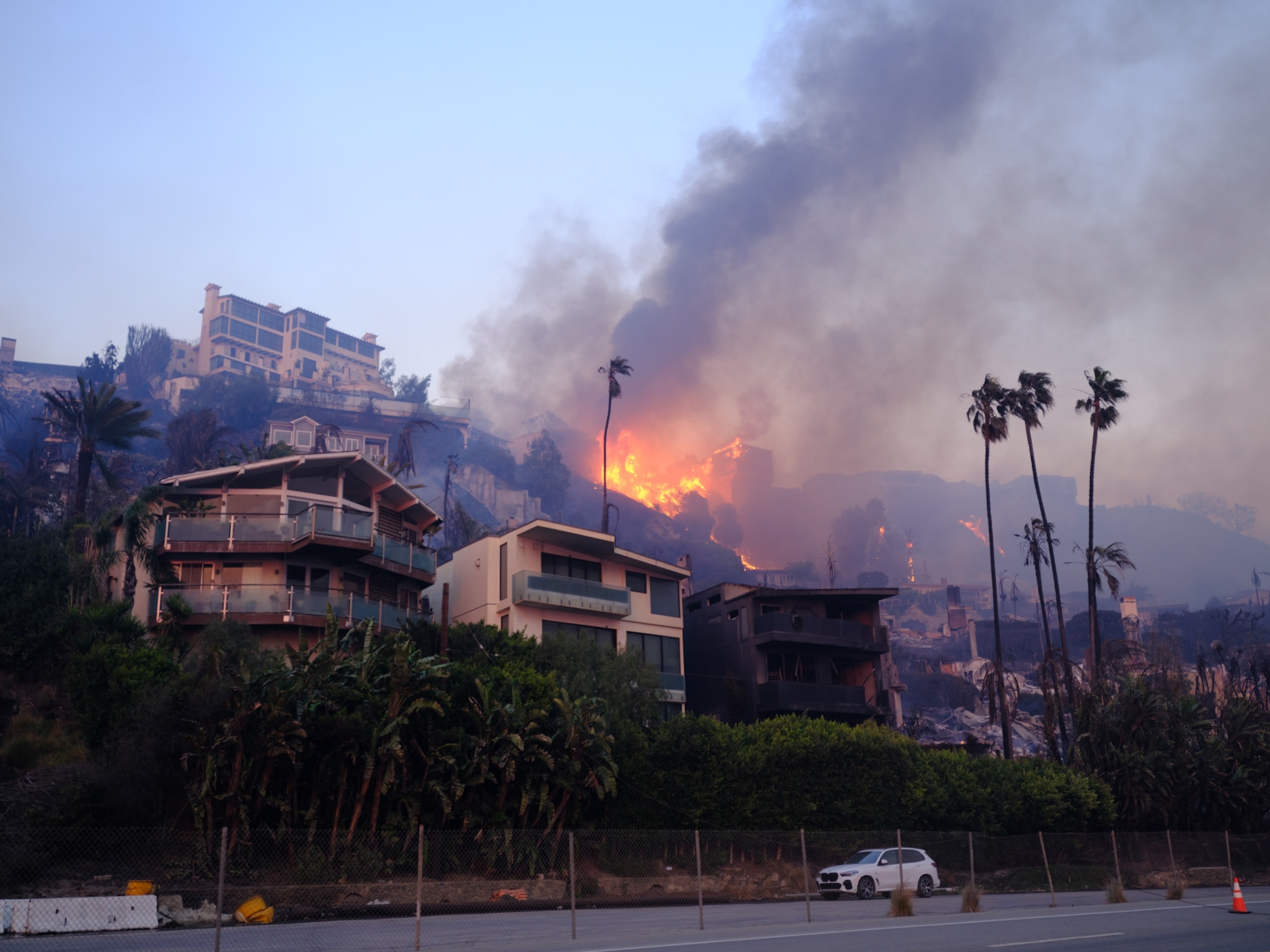
See how much of the Amazon is burning, how it compares to other years
Deforestation rates across the Amazon have spiked this year, driving the devastating blazes. Our maps show the story.
Thousands of fires are burning across a southern swath of the Amazon. They belch smoke and soot, blanketing those who live downwind with thick, dirty air, hurting wildlife in their path and destroying part of one the most important carbon storehouses left on the planet.
About 76,000 fires were burning across the Brazilian Amazon at last official count, an increase of over 80 percent over the same time period last year, according to data from Brazil’s National Institute for Space Research (INPE). Since then, even more fires have appeared in the satellite imagery that scientists use to assess the extent and intensity of burning, and they expect the number to increase over coming months as the dry season intensifies.
The fires themselves are destructive and devastating, but their primary cause is more concerning, says Ane Alencar, the director of science at the Amazon Environmental Research Institute (IPAM).
“The majority of the fires we’re seeing now are because of deforestation,” she says. “It’s crazy. We reduced deforestation by almost 65 percent in the past. We proved that we could do that. And now we’re going backwards.”
Why now? And how bad is it compared to the past?
So far in 2019, the number of fires burning across the Amazon is higher than at any point since 2010, which was a particularly bad year of drought, says Ruth DeFries, an expert on sustainable development at Columbia University. By last week, about 7,000 square miles of the forest were in flames, an area just smaller than the size of New Jersey.
Most fires observed in the region are caused by humans. Many are set in previously cleared lands in order to quickly remove any excess vegetation that has popped up. Others are set in land that is still in the process of being cleared, in order to make more open land for crops or cattle.
Farmers and ranchers down forest earlier in the year and leave the felled trees to dry out. Once the fallen trees have desiccated, they set them on fire, leaving behind an open swath of land ready for agricultural activity.
But fires have been worse in the past—because deforestation was more acute.
Amazon deforestation peaked in late 1990s and early 2000s. In the worst phases of those peak deforestation periods, over 10,000 square miles of forest could be cut down in a year, much of that cleared area converted directly to cropland for soy or grazing for cattle. In some years, like in 1998 and 2005, that deforestation activity coincided with major El Niño droughts, and fires were abundant and widespread.
A concerted effort from the Brazilian government after the mid-2000s, as well as coordinated international pressures, led to changes in the management of the forest and agricultural land. The efforts were largely successful: By 2012, the annual deforestation rate bottomed out at about 80 percent lower than the average rate between 1995 and 2006.
But last year, Brazil elected a new president, Jair Bolsonaro, who pledged to increase agricultural activity in the Amazon and smooth the way for more development in the region. Under the new administration, many scientists, indigenous leaders, and environmental advocates worried that deforestation rates were likely to shoot up again.
That fear seems to be playing out. Under Bolsonaro, forest protections have been weakend and enforcement of illegal logging has weakened.The fires burning across the region and choking downwind communities are an all-too-visible manifestation of the deeper issue, says DeFries.
Earlier this summer, INPE issued a series of alerts warning that Amazon deforestation was progressing much more rapidly than it had in 2018, the previous year on record. In April, May, and June, over 700 square miles of forest had been chopped down, according to the agency—about 25 percent more than the year before. So far, the number of fires is also up compared to the same period last year.
“What we’re seeing now, the uproar and alarm—it’s not just that fire numbers are high, but that it’s a reversal of that effective policy that was in place,” says DeFries.
Deforestation leaves a signal in the smoke
Left to its own devices, the Amazon rainforest rarely burns, and the ecosystem is not adapted to deal with fire. (Read about how the Amazon could be headed for a critical ‘tipping point’).
Scientists can look at satellite images and see exactly where trees were cut down several months ago. Then, they match those sites up with the location of fires burning today. Most of the fires burning today match up with spots where trees were felled earlier in the year, says Alencar.
Fires caused by humans and deforestation look different. Researchers can also identify deforestation-related fires by the thick plumes of smoke that billow high into the atmosphere. Those kinds of plumes rise high because they are fueled by huge numbers of dried-out trees, which burn hot and long, heating up the air column above them and filling the atmosphere with heavy loads of burned material, explains Doug Morton, the chief of the Biospheric Sciences Laboratory at NASA’s Goddard Space Flight Center.
Both of those indicators are visible in many of the fires burning across the Amazon today, indicating that they are fueled by deforestation.
Previous years, like 2005 and 2010, were also extremely active fire years, with counts even higher than this year’s by this time in the season. The difference, says Morton, is that those were years with serious drought, priming the region to burn. So far, though, this year hasn’t been particularly dry, which makes the already-notable number of fires even more alarming, he says.
Dry years generally coincide with El Nino events in this part of the world, and scientists are predicting that an event may develop and intensify in coming months. That could exacerbate the impact of the human-set fires that will likely continue to be set.
“Everyone is on the watch now for 2019 to develop into an extreme fire year,” he says, “because of the economic pressures being applied across the region as well as developing drought conditions that could instigate extreme fire risk.”
A major fear is that the deforestation-centered fires will spread to intact, healthy parts of the forest. Those types of fires are difficult to identify via satellite imagery, because they often burn near the forest floor, hidden by the tree canopy above. Such burns can do serious damage, though, because they move slowly as they burn through leaf litter and ground cover, progressing only a few hundred yards each day. If they aren’t identified and put out, they can kill many of the trees they encounter, because the thin-barked Amazonian species are not adapted to deal with fire—unlike many species of trees in the western U.S. or Mediterranean climates, which evolved to deal with frequent fires.
“These fires are ecologically devastating,” says Morton. “Standing fire in the Amazon doesn’t serve anyone.”

